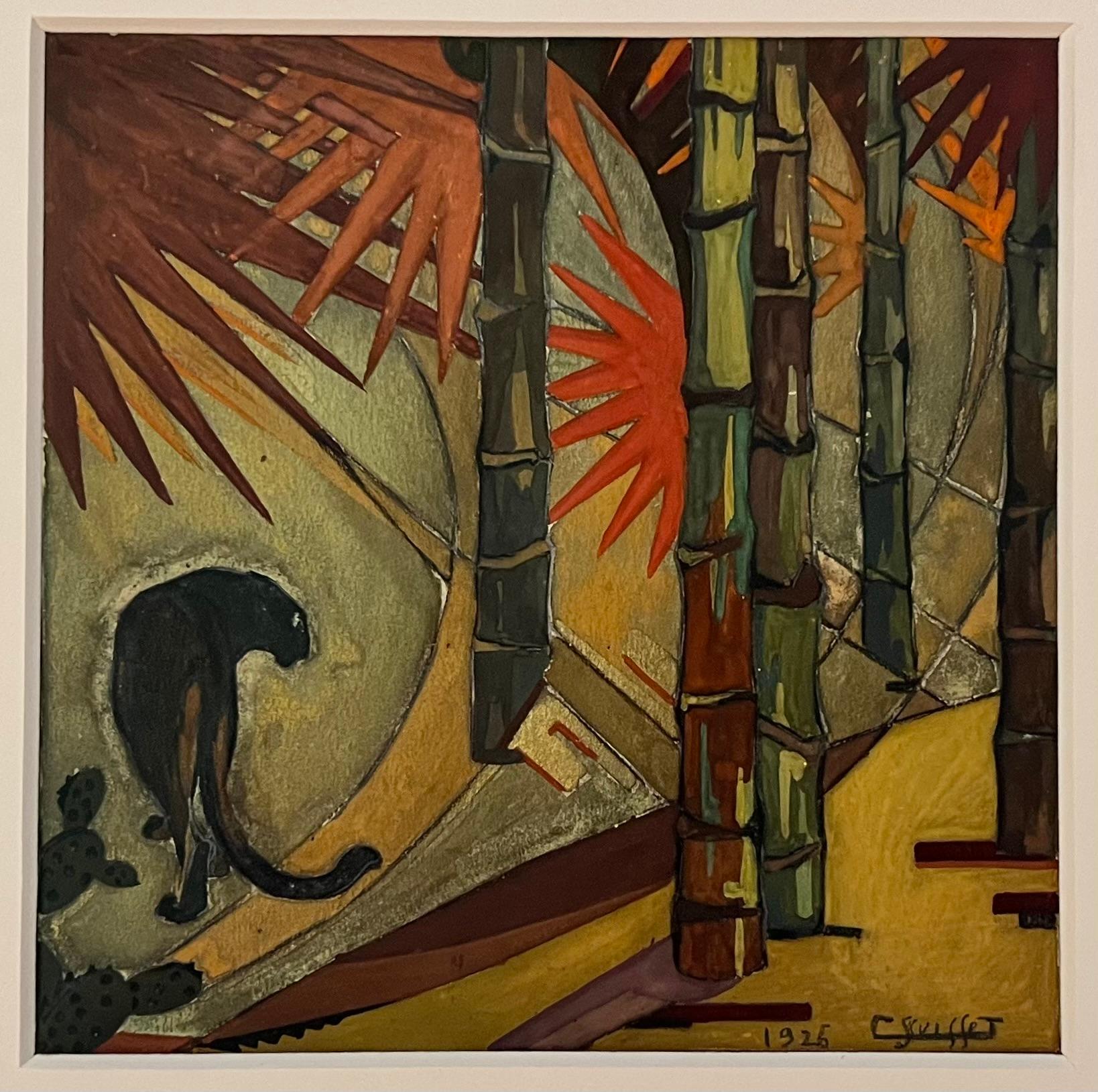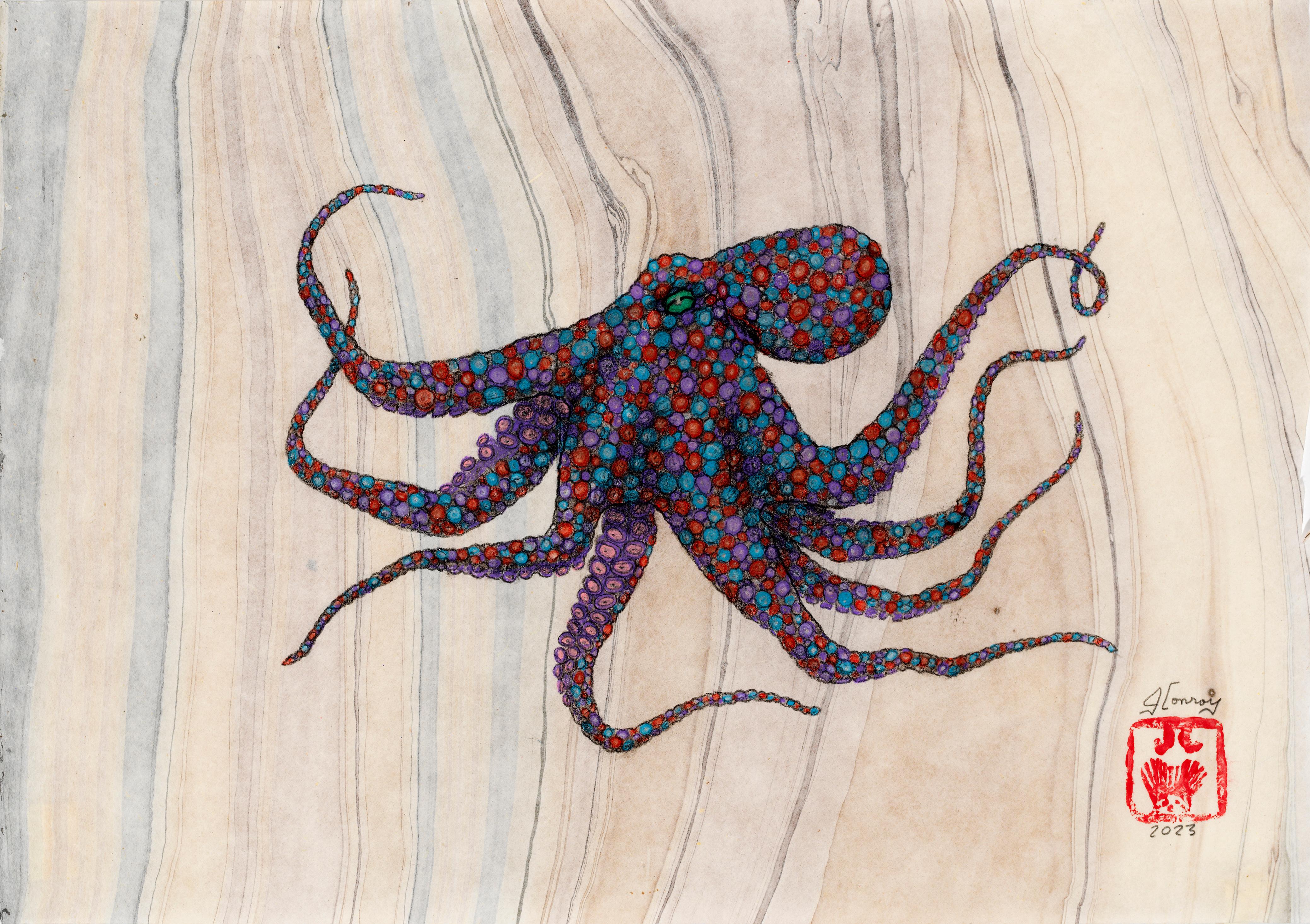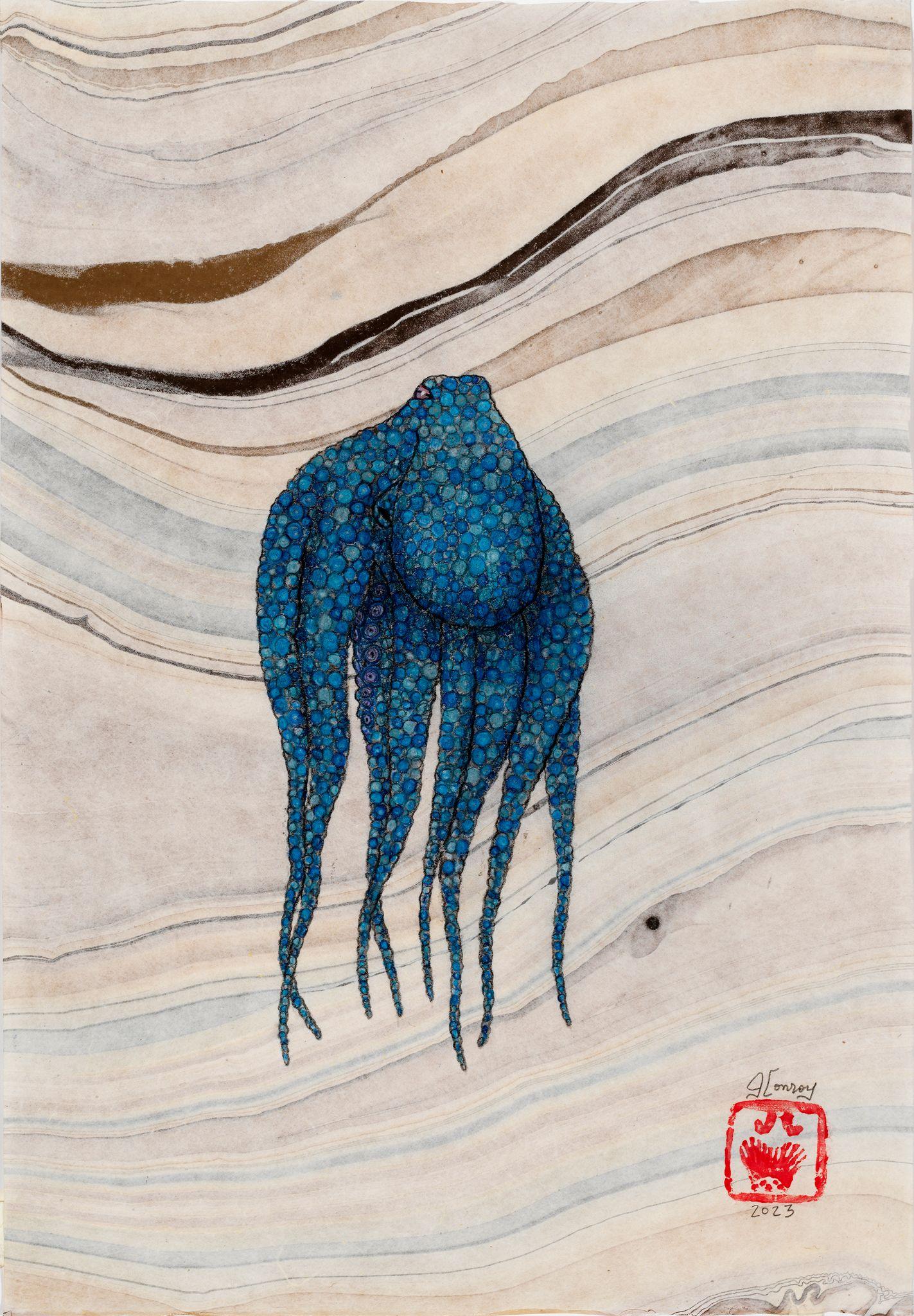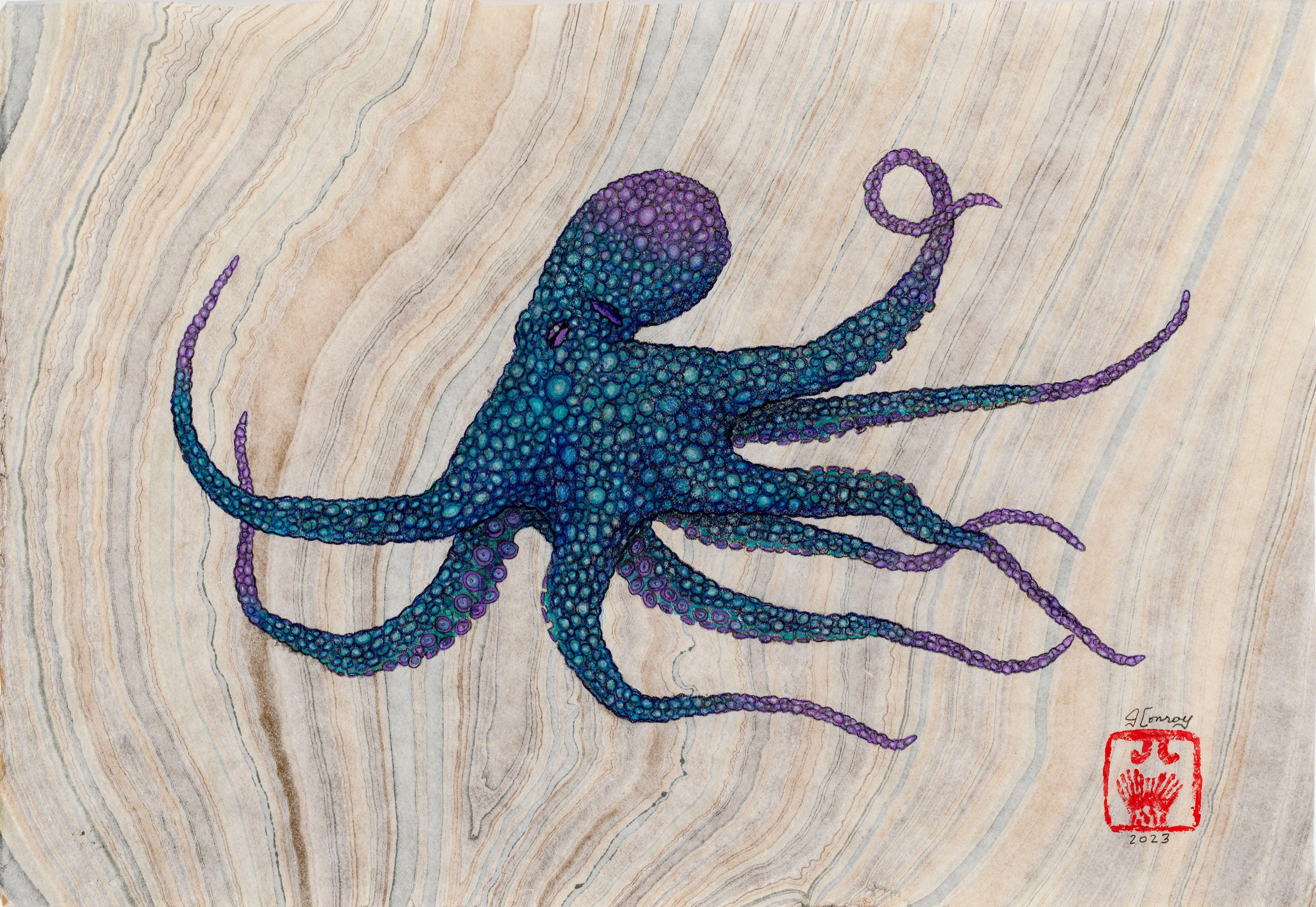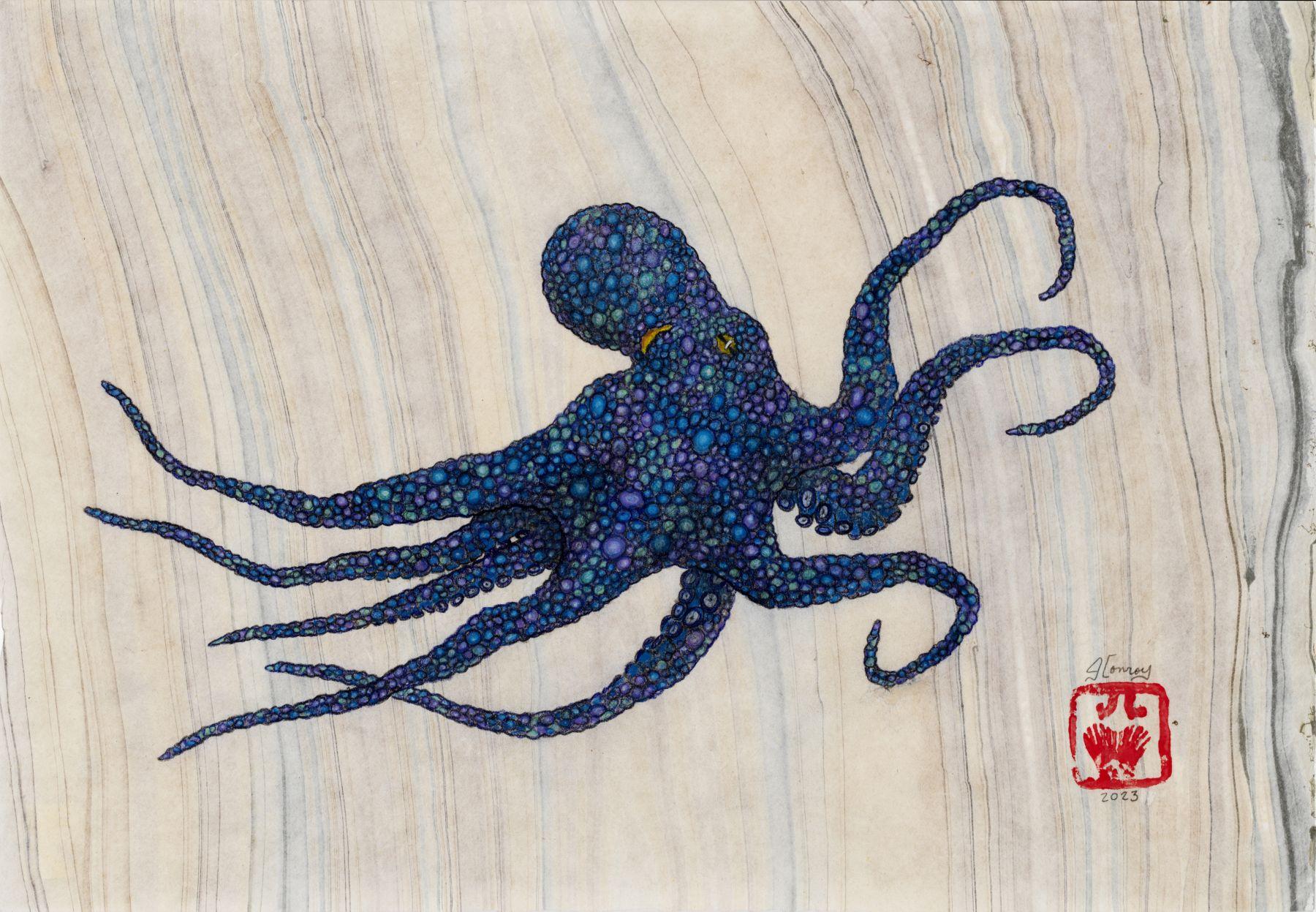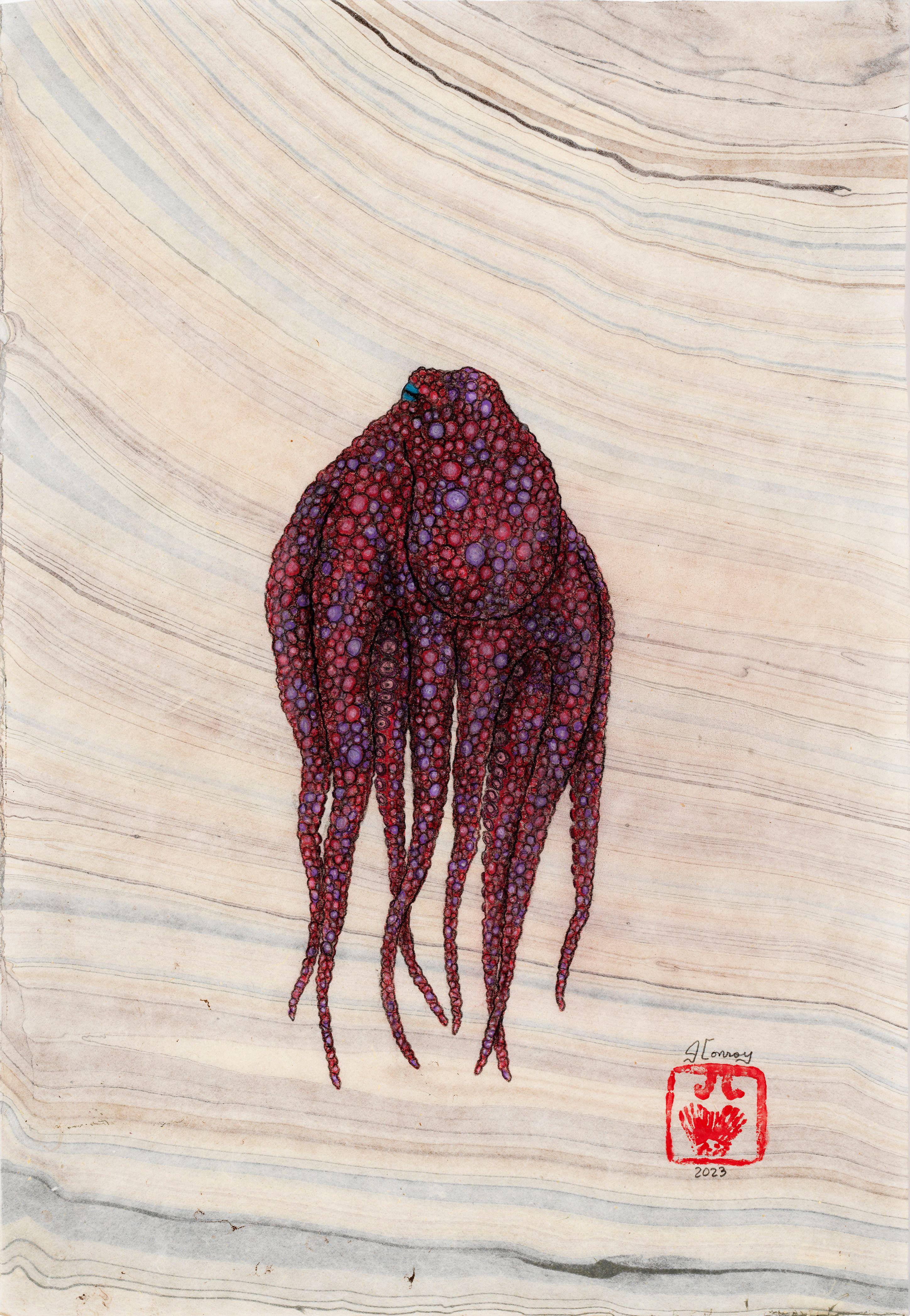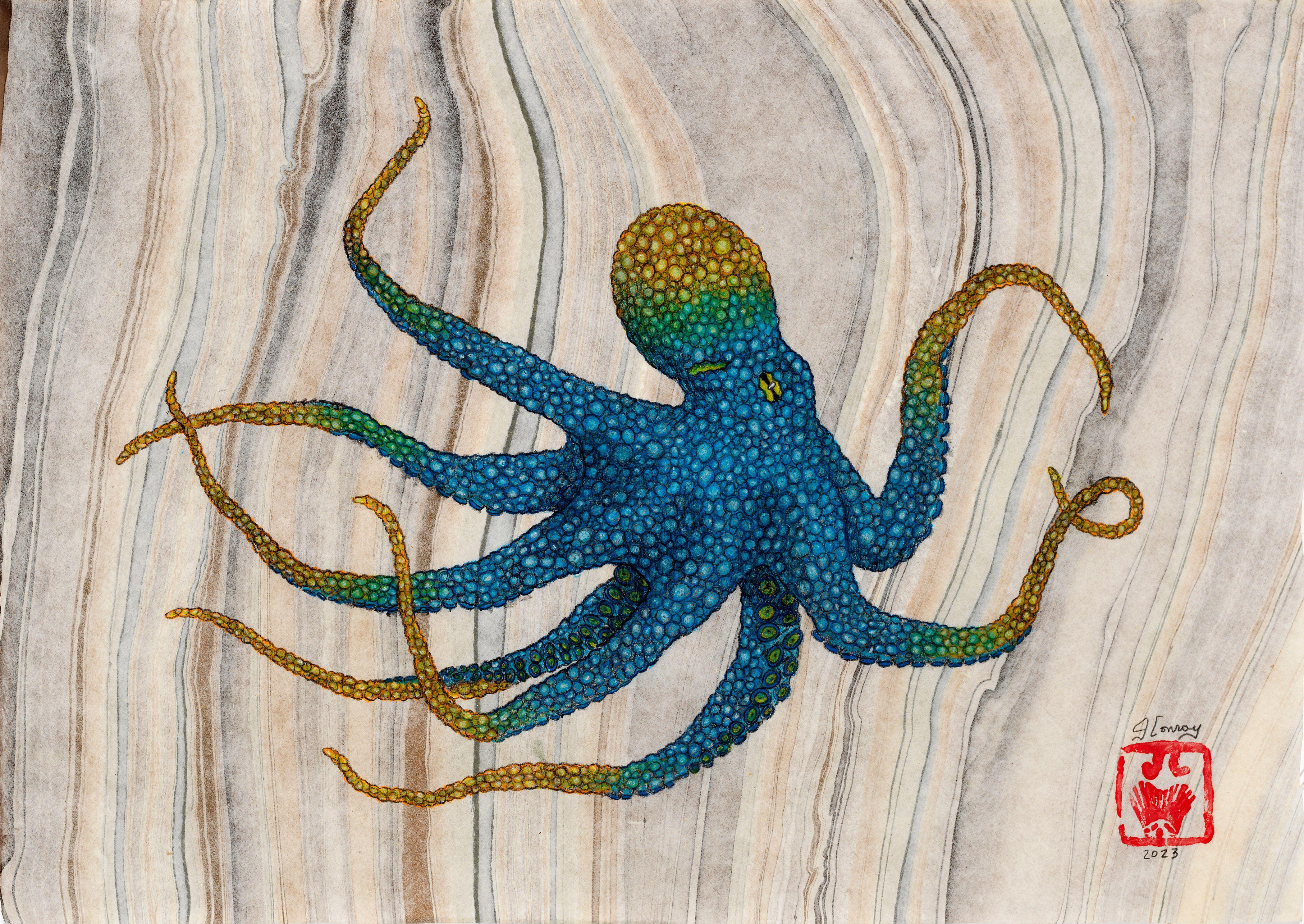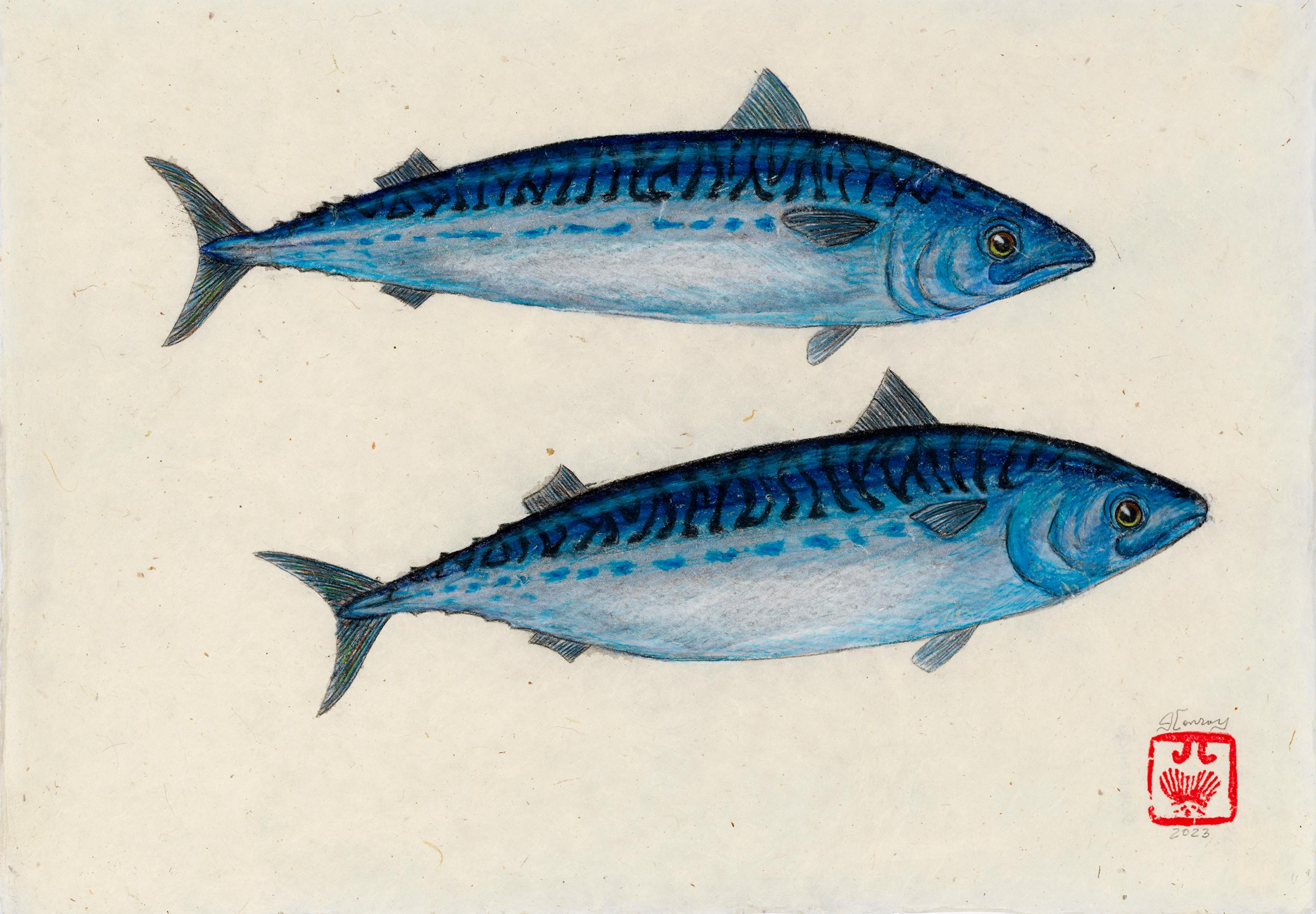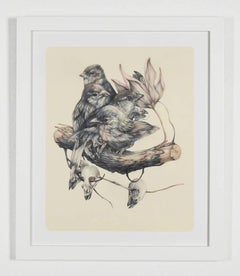
The Tree of Life
View Similar Items
1 of 1
Marco MazzoniThe Tree of Life2014
2014
About the Item
- Creator:Marco Mazzoni
- Creation Year:2014
- Dimensions:Height: 10.24 in (26.01 cm)Width: 8.27 in (21.01 cm)
- Medium:
- Period:
- Condition:
- Gallery Location:Jersey City, NJ
- Reference Number:1stDibs: LU81312537273
You May Also Like
- American Contemporary Art by Michael Alan - Horse FaceBy Michael AlanLocated in Paris, IDFOriginal artwork Michael Alan is an American artist born in 1977 who lives & works in New York, USA. As a multidisciplinary artist. His work has been featured in many solo shows, ov...Category
2010s Contemporary Animal Drawings and Watercolors
MaterialsPaper, Color Pencil
- The night tree - Mixed Media Figurative Drawing, Fantasy, Surreal, ColorfulLocated in Warsaw, PLMixed media surrealistic, fantasy drawing by Polish artist Małgorzata Kwiecińska PROVENANCE Exhibited at Katarzyna Napiorkowska Gallery. The Gallery is a primary representative fo...Category
1990s Surrealist Figurative Drawings and Watercolors
MaterialsPaper, Pastel, Color Pencil
- Horse II - 21st Century, Figurative Drawing, Animal, Colored Pencil, BrownBy Dinu RădulescuLocated in Berlin, DEHorse II, 2014 Colored Pencil on Paper 28.74 H x 40.15 W in. 73 H x 102 W cm Dinu Rădulescu's drawings illustrate, in their majority, the Horse, like a...Category
2010s Expressionist Animal Drawings and Watercolors
MaterialsPaper, Pencil, Color Pencil
- Art deco mixed media on paper - Panther in a forest of bamboos by Gaston SuisseLocated in Carouge GE, GEPanthère dans les bambous, 1926 Gouache, or et traits de crayon sur papier Signé et daté en bas à droite 15 x 15 cm (sujet) Panther in the bamboos, 1926 Gouache, pencil and gold on paper Signed and dated to the lower right Provenance Collection particulière, France - Private collection, France Bibliographie/Literature : Emmanuel Bréon "Gaston Suisse, splendeur du laque art déco", Somogy Editions d'art, Paris 2013, oeuvre décrite et reproduite page 104. (l’oeuvre décrite et reproduite est la lithographie tirée d'après l’oeuvre originale que nous présentons.) Nous présentons ici l'oeuvre originale à la gouache, or et crayon de la panthère noire. L’artiste en réalisa une gravure sur bois dont il tira lui-même une vingtaine d’épreuve. Ces épreuves ne furent pas commercialisées telles quelles, Gaston Suisse reprit chacune des épreuves en utilisant des lavis d’encre de Chine et des ors de différentes couleurs, afin d’obtenir des effets différents pour chaque épreuve, qui sont donc des œuvres originales uniques. We present here the original work in gouache, gold and pencil of the black panther. From this original, the artist made a wood engraving of which he made about twenty prints himself. These proofs were not marketed as they were, Gaston Suisse reworked each of the proofs using Indian ink washes and golds of different colors, in order to obtain different effects for each proof, which are thus unique original works. Born in 1896 in a family of artists, his father Georges was a close friend of Siegfried Bing and a great lover of Japanese art and a bibliophile. He passed his taste for art to his son whom he often took to draw at the Botanic Garden . Around 1910, Gaston Suisse, who hasn't entered yet the artistic school, met Paul Jouve, then 18 years his elder, who was already famous. In 1911, at the age of 17, he entered the National School of Decorative Art where he followed the teachings of Paul Renouard. Thanks to his knowledge and taste for the Japanese art, he chose lacquer painting as his specialty. His practice of this noble and demanding subject were so much appreciated that he was awarded with two gold medals in 1913 and 1914. Mobilized during the war , he joined the army and go in Salonika where he found his friend Jouve. In 1918, he finished his studies at the School of Applied Arts in order to perfect his training. He learned in particular the techniques of gilding and oxidation of metals. The first productions of Gaston Suisse, furniture and objects in lacquer with geometrical patterns, were an instant success and Suisse was appointed as member of Salon d'Automne in 1924, the very year of his first exhibition. Considered as an artist-decorator, his sincere and deep friendship with Jouve linked him in parallel with the groups of the animaliers of the Jardin des Plantes and became a close friend of Edouard-Marcel Sandoz. When travelling to Maghreb and Middle-East between 1923 and 1925, he produced numerous drawings representing antelopes, apes and fennec foxes...Category
1920s Art Deco Animal Drawings and Watercolors
MaterialsGold
- Dippin' Dotopus - Gyotaku Style Sumi Ink Painting of a Multi-Colored OctopusBy Jeff ConroyLocated in Chicago, ILA small octopus is inked in the Japanese style of Gyo-Taku print making. Using sumi ink to "print" the octopus, the artist then embellishes it with colored pencil to convey an extra...Category
21st Century and Contemporary Contemporary Animal Drawings and Watercolors
MaterialsSumi Ink, Watercolor, Mulberry Paper, Color Pencil
- Fontainebleau - Gyotaku Style Sumi Ink Painting of a Multi-Colored OctopusBy Jeff ConroyLocated in Chicago, ILA small octopus is inked in the Japanese style of Gyo-Taku print making. Using sumi ink to "print" the octopus, the artist then embellishes it with colored pencil to convey an extraordinary dimensionality. By printing it on Mulberry paper, which mimics the swirl of water, the artist achieves a beautiful aesthetic. The artwork is unframed. Please contact the gallery for framing options. Jeff Conroy Fontainebleau sumi ink and colored pencil on mulberry paper 12.50h x 18.25w in 31.75h x 46.35w cm JEC120 Gyotaku - A Japanese word translated from "gyo" meaning fish and "taku" meaning stone impression and is believed to get its inspiration from Chinese stone rubbings...Category
21st Century and Contemporary Contemporary Animal Drawings and Watercolors
MaterialsSumi Ink, Watercolor, Mulberry Paper, Color Pencil


